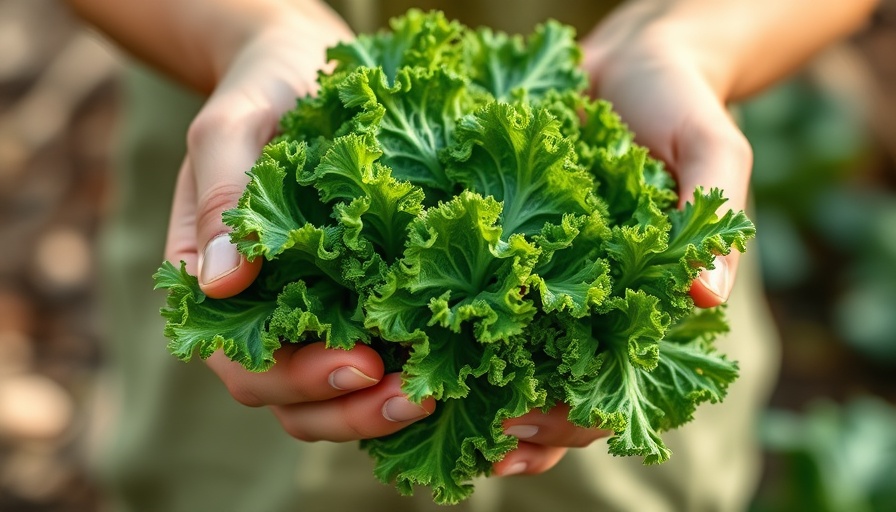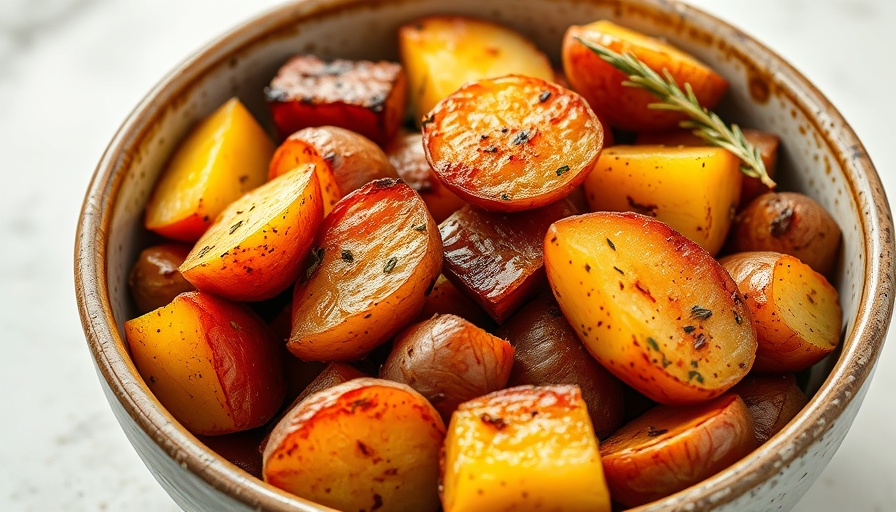
The Science Behind Autophagy: A Lifesaver in Aging
As we explore the fascinating concept of autophagy, we uncover its profound implications for health and longevity. Derived from the Greek terms for 'self' and 'eating,' autophagy is essentially the body’s detoxification process, breaking down and recycling waste materials within cells. This crucial process declines with age, leading to various health complications.
In 'Does Coffee Help Boost Autophagy and Lifespan?', the discussion dives into the potential benefits of coffee on health and longevity, prompting us to analyze its crucial role in enhancing autophagy.
The relationship between autophagy and lifespan cannot be overstated. Research shows that enhancing autophagy can increase lifespan in model organisms like mice—a promising avenue for understanding human health. As we age, achieving an optimal level of autophagy becomes pivotal to stave off diseases and promote a healthier, longer life.
Caloric Restriction vs. Coffee: The Battle for Autophagy
The most effective stimulant for kickstarting autophagy is often linked to caloric restriction. While this traditional method has proven effective, it bears uncomfortable side effects, particularly physical discomfort and hunger. Thankfully, coffee offers an appealing alternative. According to research, coffee consumption notably elicits autophagy and mitigates the adverse effects of excessive caloric intake.
Specifically, studies have pointed towards coffee's influence on liver health—often marred by excessive alcohol consumption. Norwegian researchers discovered that coffee drinkers experienced lower instances of liver inflammation, leading to further inquiries into coffee as a health-boosting agent related to autophagy.
Exploring the Benefits of Coffee: The Autophagy Connection
Delving deeper into coffee’s myriad health benefits, it’s noteworthy that not only does it help with liver health, but it is also linked to lower risks of kidney disease, Parkinson’s disease, and various cancers. These findings raise intriguing questions about coffee’s role in activating autophagy on a wider scale, potentially reducing the risk of numerous diseases.
One significant takeaway is the impact of coffee on mortality rates. Observational studies have found that individuals who regularly consume coffee—about three cups daily—experience a remarkable 13% reduction in mortality risk. This correlation amplifies with lifelong consumption, suggesting a potential extension of life by approximately one year.
Decaf or Regular: What’s the Real Difference?
Interestingly, the benefits of coffee appear to be largely independent of caffeine intake. Studies indicate that both decaffeinated and caffeinated coffee trigger autophagy. This revelation challenges the conventional notion that caffeine is the primary determinant of coffee's health benefits. Instead, the bioactive compounds—particularly chlorogenic acid—found abundantly in coffee beans may be key. This polyphenol not only aids autophagy; it also provides robust antioxidant properties.
Future Implications: Coffee as a Health Standard?
The compelling evidence surrounding coffee and autophagy invites further investigation into coffee brands and types that maximize these health benefits. What lies ahead may very well transform our understanding of dietary conventions—where coffee could be embraced not merely as a morning pick-me-up but as a vital health intervention.
As we continue to decipher the impact of diet on our health, the case for regular coffee consumption is increasingly compelling. The integration of coffee into dietary guidelines may set a new standard for promoting longevity and overall health.
 Add Row
Add Row  Add
Add 







Write A Comment